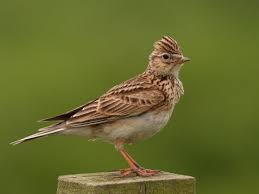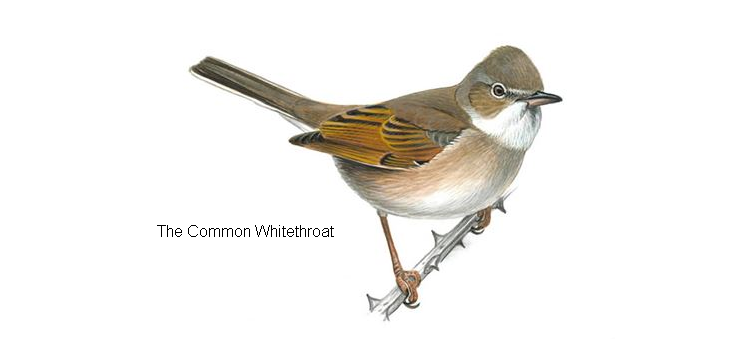We’ve had our French house for over 20 years now. It’s deep in the Limousin, an area known for it’s natural beauty, hard working farmers, orange cattle and wealth of birds and other wildlife. We treasure our time there; time which has been enhanced by watching the wide and noisy diversity of birds which appear in the garden and are spotted on our long rambles across the area.

But for how long will be able to enjoy these riches. Alarmingly, two studies published in late 2018 illustrate that bird populations are collapsing in rural France at a catastrophic rate. Populations of species including the skylark and the common whitethroat have declined by a third over the last 15 years. The number of partridges has slumped by 80 percent. Finches and larks, warblers and yellowhammers are significantly less common than they were.
The studies noted that the dwindling bird population is directly related to the intensification of agricultural practices over the last 25 years, pointing to the widespread use of pesticides on monoculture crops, notably corn and wheat.
Pesticides destroy insects and other organisms harmful to cultivated plants and crops, with knock-on effects through the food chain. The decline has been particularly marked since 2008/2009, a period that corresponds with the scrapping of European regulation which obliged farmers to leave at least 10 percent of their land fallow each year.
 This is all happening under our very noses.
This is all happening under our very noses.
We’ve been noticing the steady removal of hedges and field boundaries in our area. Fields are bigger with massive areas of corn being planted. Some areas beginning to look prairie-like. We didn’t much like it aesthetically. But we didn’t necessarily understand the implications of changing agricultural practice.
I’m not sure that the population generally knows or cares enough about the crisis which is accelerating towards us.
It’s not that we haven’t been warned. In the 1960’s, a ground breaking environmental science book called Silent Spring was published. The author, Rachel Carson clearly documented the adverse effects on the environment of the indiscriminate use of pesticides. Carson accused the chemical industry of spreading disinformation and made the case that public officials accepted the industry’s marketing claims unquestioningly.
Silent Spring was met with fierce opposition by the chemical industry, but it spurred a reversal in national pesticide policy in the US, leading to a nationwide ban on DDT for agricultural uses.
But what about France? Despite the French government aspiring to halve pesticide use by 2020, sales have climbed, reaching more than 75,000 tonnes of active ingredient in 2014, according to EU figures.
“The situation is catastrophic,” said Benoit Fontaine, a conservation biologist at France’s National Museum of Natural History and co-author of one of the studies.
“Our countryside is in the process of becoming a veritable desert,” he said in a communique released by the National Centre for Scientific Research (CNRS), which also contributed to the findings.
“All birds are dependant on insects in one way or another,” said Fontaine. “Even granivorous birds feed their chicks insects and birds of prey eat birds that eat insects. If you lose 80% of what you eat you cannot sustain a stable population.”
Fontaine said that EU agri-environment were “obviously not” reversing bird declines but he said farmers were not to blame and it was possible to farm to produce food and preserve wildlife. “Farmers are really willing to do that,” said Fontaine. “They live with a system which is based on large firms that make pesticides and they have to cope with that. They are not the bad guys. The problem is not agriculture, but the solution is really the farmers.”
The declines in France mirror falls across Europe: the abundance of farmland birds in 28 European countries has fallen by 55% in the past three decades, according to figures collated by the European Bird Census Council.

